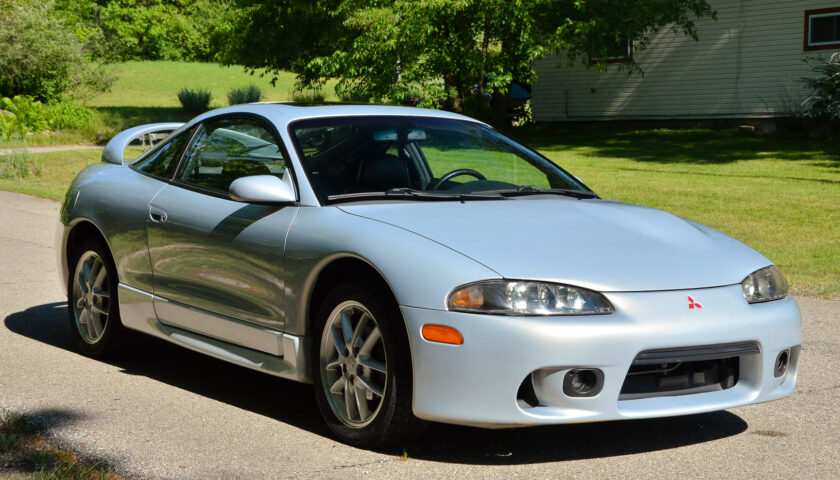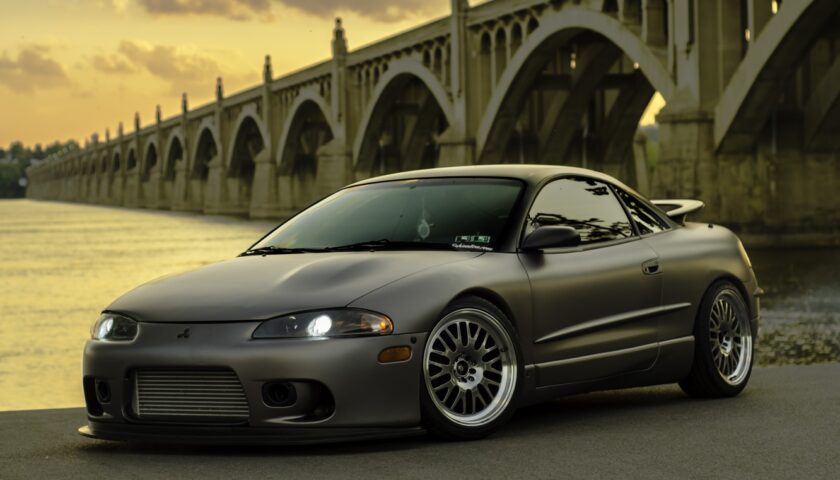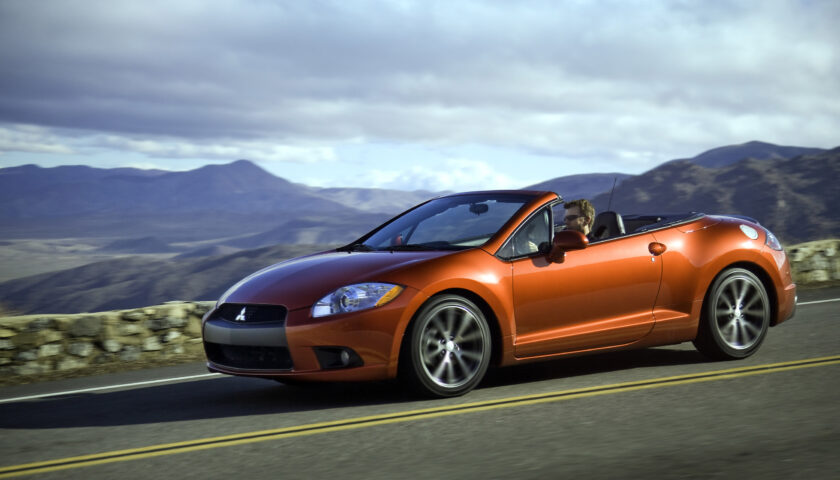The union of two of the world’s most formidable automobile manufacturers, those of Japan and the United States, was envisioned as a partnership of unparalleled potential. After some time, the merged company, now known as Diamond-Star Motors, produced three highly regarded sports coupes: the Mitsubishi Eclipse, the Eagle Talon, and the Plymouth Laser.
Although DSM’s roots can be traced back to 1970, when Chrysler Corporation bought a 15% stake in Mitsubishi Motors, the two companies did not formally join forces until 1985. It was a good time to buy because Chrysler was just climbing out of near-bankruptcy and the Japanese company had nothing to offer U.S. buyers due to “voluntary” import quotas imposed by the government.

Chrysler, in an effort to increase production, constructed a plant in Normal, Illinois; however, despite contributing $500 million toward the plant’s $650 million construction cost, Chrysler handed over management of the facility to Mitsubishi. The engines and transmissions came from Japanese production facilities.
What makes the Mitsubishi Eclipse a classic in the making?
The Eclipse was the show stopper, supposedly named after an unbeaten 18-race winning streak by an English racehorse in the 18th century. The Eclipse’s family tree is interesting to examine because of the length of time it has been manufactured in series. The car’s initial release in 1990 saw it offered in four distinct forms: the Eclipse, the Eclipse GS, the Eclipse GS-T (Turbo), and the Eclipse GSX.
It began as a two-door coupe and progressed into a convertible and liftback with front-wheel and all-wheel drive and a range of engine options from naturally aspirated fours to turbocharged fours to V6s. There should be a scorecard to keep track of the generations, which span from 1990 to 1994 to 1995 to 1999 to 2000 to 2005 to 2006 to 2012. Third- and fourth-generation Eclipse buyers had the option of choosing between a 2.4L inline-four and a 3.8L V6 engine. Tuners gave this swanky 2+2 sports car and its nearly identical cousin, the Eagle Talon TSi, full props for power as they emerged as hot rods for the Nineties.
“Quite simply, the turbo cars were among the fastest four-cylinder cars on the planet, and a pure performance bargain, too,” reads a DSM history in Grassroots Motorsports. They had a top speed of 140 mph and a quarter-mile time of under 15 seconds when brand new. They could keep up with the Diamond Stars thanks to their all-wheel-drive system, which is unmatched by any vehicle except the Audi quattro, which the Diamond Stars would still outrun. Even modern Mustangs and IROC Camaros wouldn’t stand a chance against a top-tier, turbo DSM, humiliating many a V8 driver in the process. Up to about 30 mph, the little coupes could even out-sprint a ‘Vette with all four wheels scrambling for traction.

Unabashed acclaim, to be sure. The heat was on for demand. The Normal plant’s output rose each year. The Eagle lineup started out with just the all-wheel-drive Talon, but later a front-wheel-drive Eagle car was introduced.
The two manufacturers’ relationships were fraught with tension. DSM became Mitsubishi Motors Manufacturing America (MMMA) on July 1, 1995, after Chrysler sold its stake in the Normal plant in 1991. As a result of poor sales, the Laser was canceled and the Eclipse’s second generation, featuring a lower, wider body and improved turbos, was released that same year.

Despite maintaining a 3.8L V6 engine, the Eclipse had lost some of its luster by the turn of the century. By 2012, the sporty coupe was no longer available and had lost its all-wheel drive.





